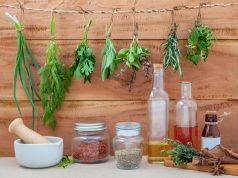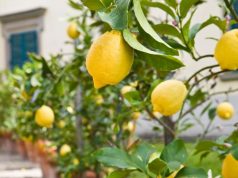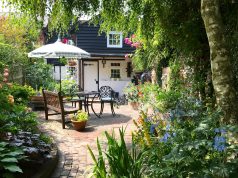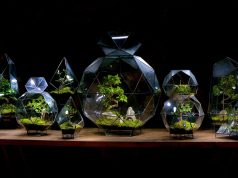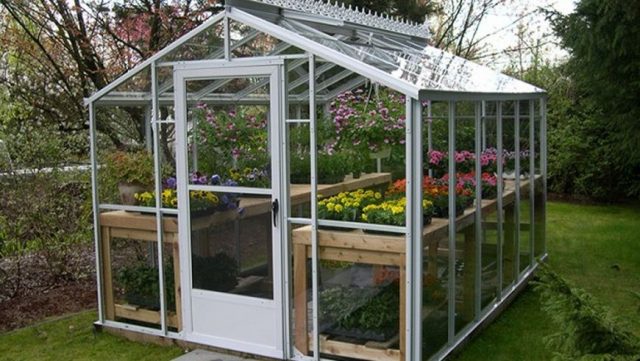
Setting a small greenhouse in your back-yard can help you greatly reduce your dependency on supermarkets and increase your savings account, all in one go. Modern greenhouses use materials that are cheap and easily obtainable, so the initial cost won’t be too great. Even getting a large greenhouse won’t break the bank today.

First thing is to determine where you want to set it up. This will also dictate the size of your greenhouse. It doesn’t have to be too big, but smaller it is, more effort and planning are needed to get maximum results. The location should be either south or west-facing, to get as much sun exposure as possible. More sun means more heat and less energy you have to spend on keeping the greenhouse warm during the cold months. The downside is that it can turn into an oven during summer and we don’t want that either. Either a shade or a proper ventilation must be secured for hot days, preferably both.
The design of the greenhouse will mostly depend on what you are planning of growing inside them. This may require a permit, so checking your local building codes is a good idea before making any purchases.
By providing a protected environment for your plants, you can ensure the maximum growth and harvest. Not only that, but a greenhouse can stretch the beginning and end of the season, allowing you to have early and late vegetables. It also provides a secure space from pests.
Utilization of space inside a greenhouse is of utmost importance. You want to use as much of it as possible. If you are using benches, look at the space under it and see if you can add another row of planters there. If your structure is strong enough to support them, consider adding hanging pots or mounted shelves. Just make sure that all plants get enough sunlight to be able to grow. See more about greenhouse windows glasses on cutmyplastic.co.uk
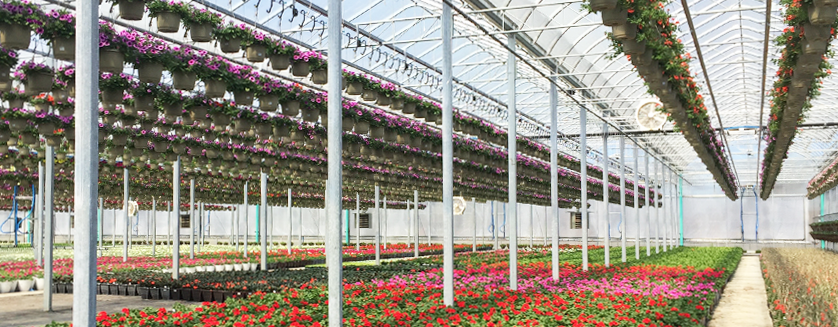
Remember, greenhouses don’t provide heat on their own. If you use it during cold months, an additional heating or lighting may be required. Couple of “plant and aquarium specific” fluorescent light bulbs found in any hardware store will probably be enough for light. The good thing about them is that they don’t provide much heat, so if you have a warm greenhouse, they won’t cook your plants.
Heating may be more challenging, not to mention expensive. An ordinary space heater will be enough, but it may be cost-prohibitive if you use it for more then a few hours each day.
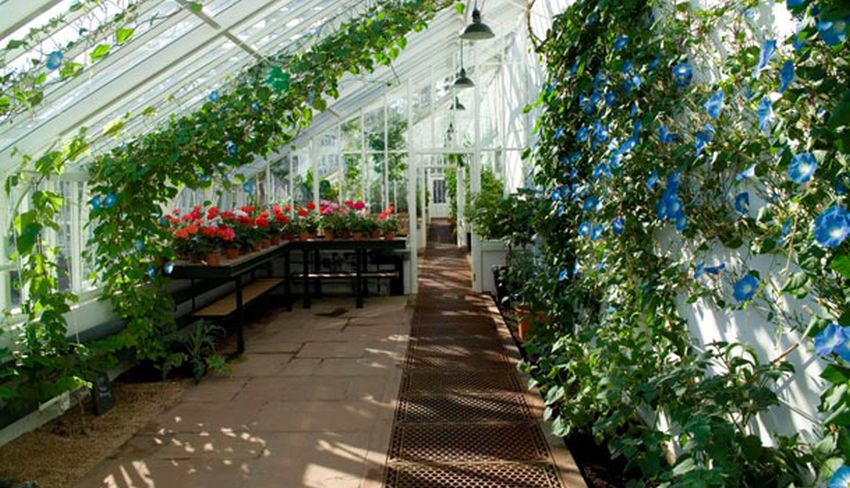
Choosing what to grow in a greenhouse is really up to you, but here are few suggestions. Some plants can get an early start inside the greenhouse and moved outside once the temperature is warm enough, like tomatoes, cucumbers, eggplants, peppers, okra, ground cherries, squash, and melons. Peas, broccoli, cabbage, and greens can tolerate colder weather at the start of the growth but starting them in a greenhouse can greatly improve their yield.
Whichever plant you choose, make sure that it is either self-pollinating or that it doesn’t need it for fruit production. Greenhouses aren’t really an insect-friendly environment.

